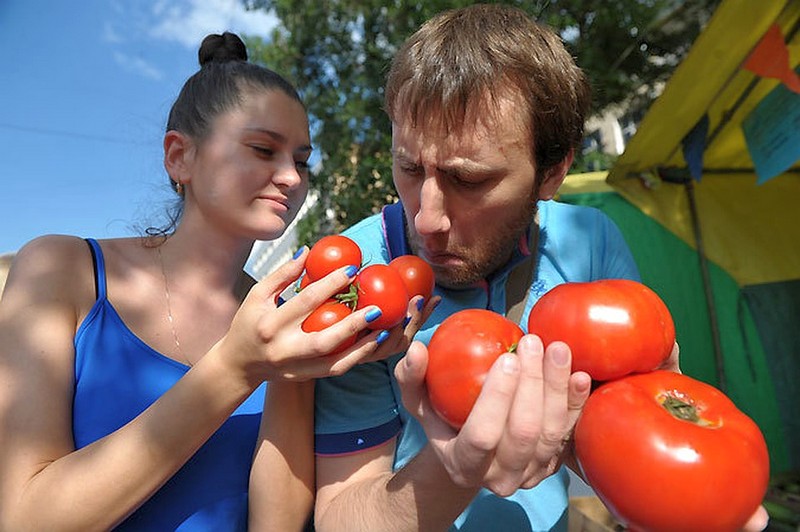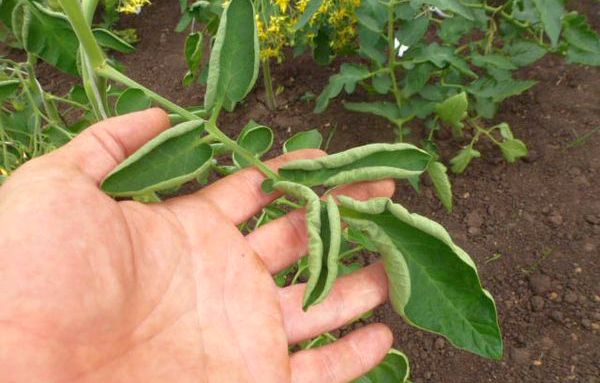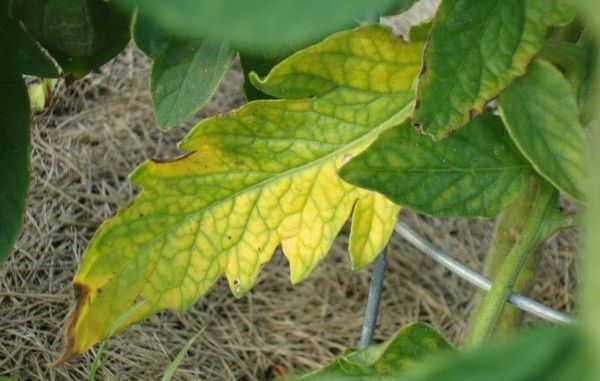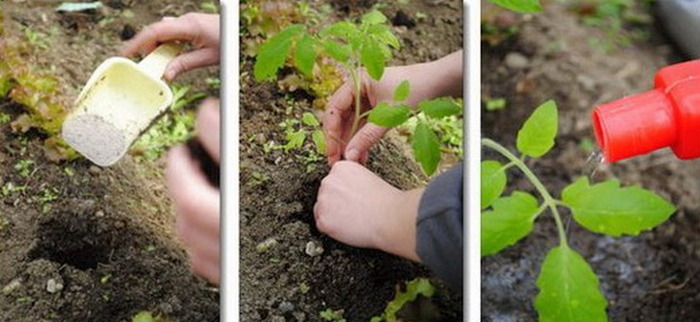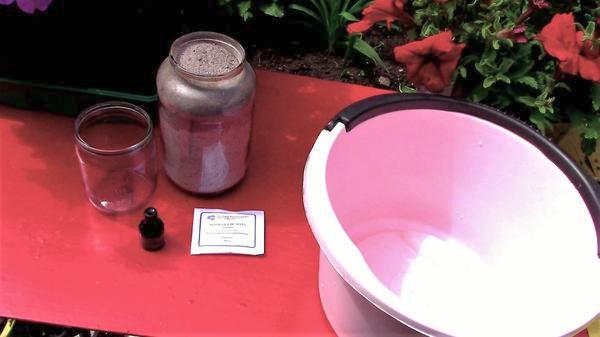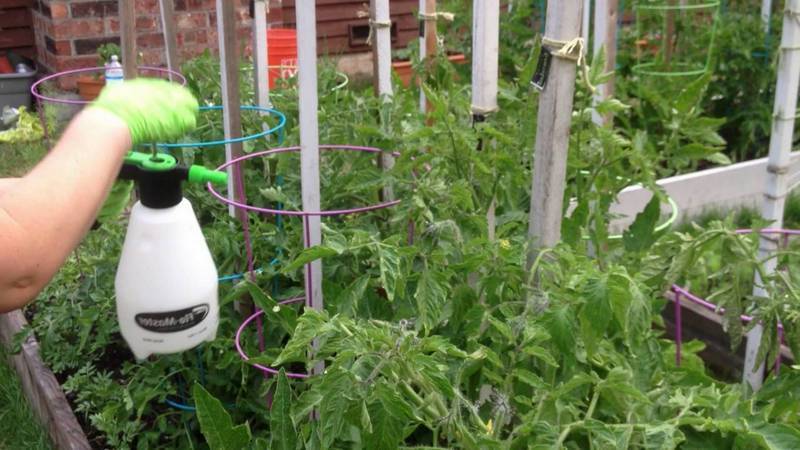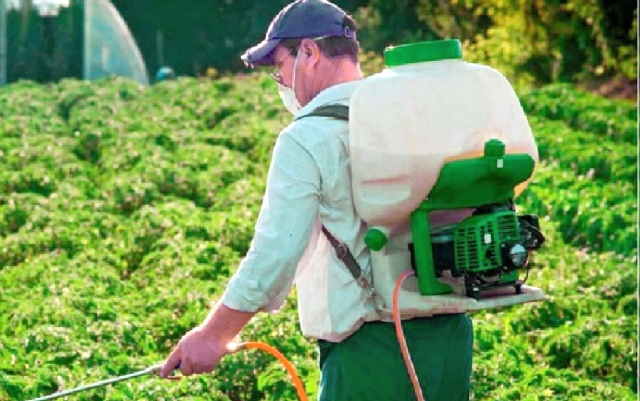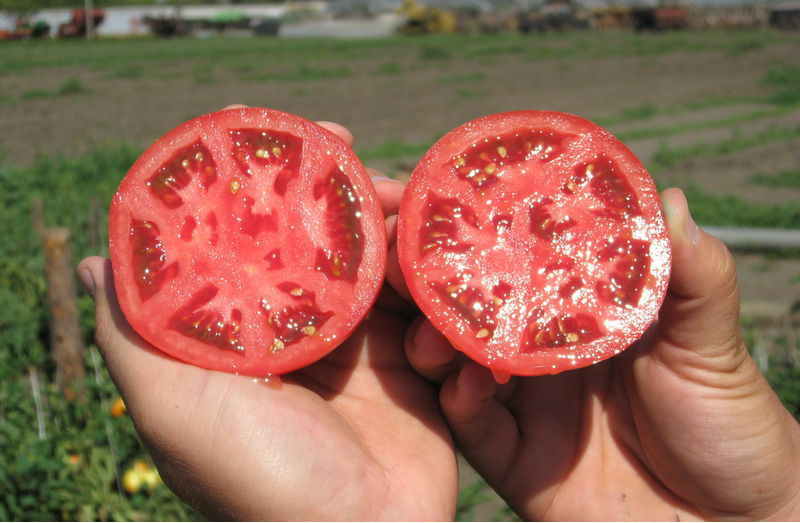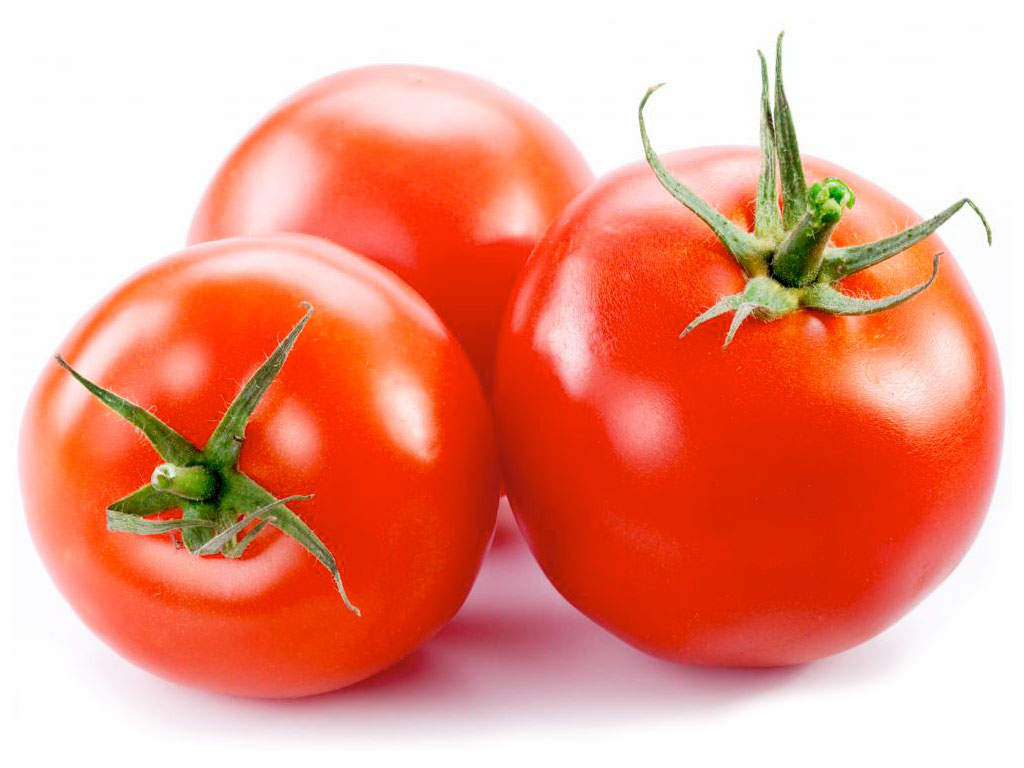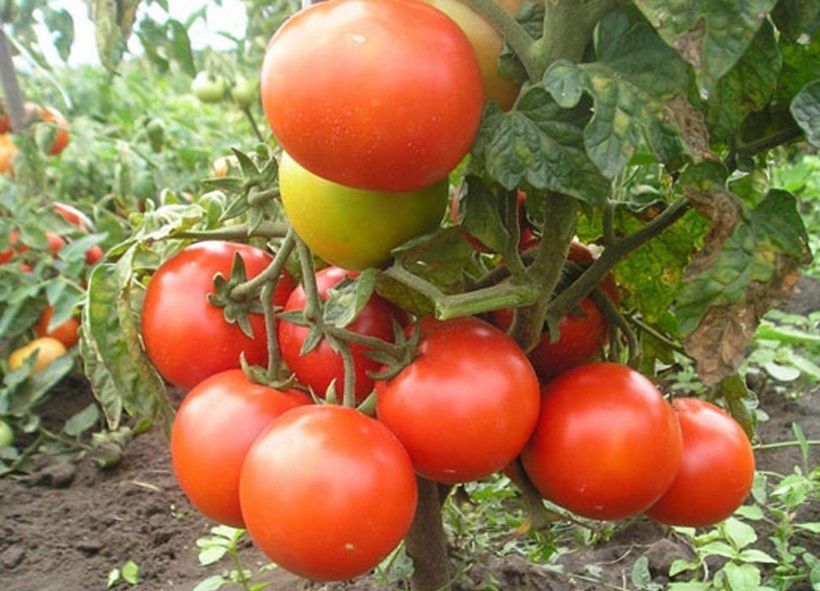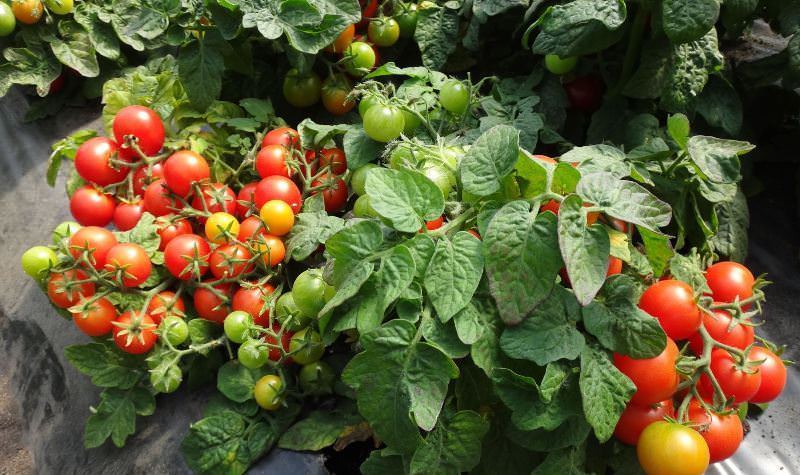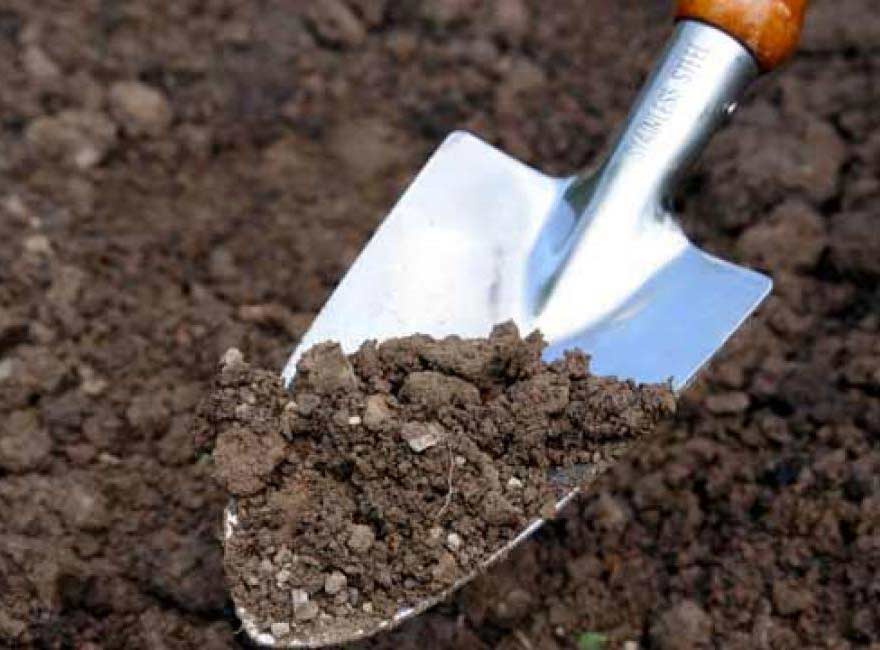Content:
Boron is considered one of the most important and essential trace elements for all horticultural and horticultural crops, including tomatoes. Fertilizers with its content will help to provide plants with this substance; boric acid is considered the most effective and efficient. When applying, it is necessary to take into account a number of specific features of this fertilizer.
Brief description of culture
Tomatoes are vegetable herbaceous crops from the Solanaceae family. Both annuals and perennials are found.
The stem is erect or lodging, branches. In height it reaches from 30 cm to 2 meters and more. The foliage is dissected into large lobes, pinnate. The flowers are yellow, small, collected in inflorescences - brushes. The fruit is a berry weighing from 50 to 500 grams or more, juicy, colored in various shades of red or yellow. The root system is powerful, rod-like, quickly forms and grows. It occurs at a depth of up to one meter, spreading in different directions for 1.5-2.5 meters.
The value of boron for tomatoes
Tomatoes experience a severe boron deficiency in the first weeks of cultivation, when roots, flower brushes, buds are formed, flowering and an ovary forms. The introduction of boron during this period stimulates the growth of young roots, due to which young plants take root and take root faster.
On older plants, the substance has the following effects:
- stimulates the growth of flower brushes and increases the number of buds in them;
- prevents ovary shedding;
- increases the level of tomato resistance to the main fungal diseases (powdery mildew, leaf spot, late blight);
- activates the flow of carbohydrates into fruits, thereby increasing their sugar content;
- promotes amicable and abundant flowering;
- increases the ability of tomatoes to synthesize and assimilate the substances they need;
- reduces the risk of developing rot in wet weather;
- stimulates the rapid ripening of the crop.
Tomatoes need boron in a relatively small amount, but the lack of this trace element immediately negatively affects the state of the plant. With a deficiency of a substance with a culture, the following negative changes occur:
- chlorosis develops, which initially appears on old foliage, and then affects the new one;
- a powerful growth of lateral shoots is activated, which dry out very quickly;
- grow brown and black, and subsequently the growth points die off;
- petioles and stems become brittle and hollow;
- foliage on seedlings and young tomatoes becomes purple;
- the number of buds decreases;
- flowering rate decreases;
- the ovary falls off;
- the yield decreases, the fruits are small, often deformed.
Boron deficiency is least noticeable on clay and loamy soils. Boron deficiency is usually most pronounced on the following soil types:
- sandy soils;
- calcareous alkaline soils;
- acidic soils after liming;
- poor sandy loam;
- swampy soils.
An excess of boron is no less dangerous for tomatoes than a lack of it. In such a situation, necrosis begins on the lower leaves, they acquire a yellow color and fall off. Subsequently, the defeat passes to the foliage of the middle tier.The plant gradually withers, the yield is significantly reduced.
This microelement is present in various fertilizers, but boric acid is the most common among gardeners and summer residents. It is produced in the form of borax or powder, in which the boron content is 11.3 and 17.5%, respectively. The substance is most common in horticulture and horticulture, since horticultural crops consume more boron than cereals.
Brief description of the drug
Boric acid is found in its pure form in nature. Its sources are minerals, hot geysers, the mineral sassolin.
It is chemically synthesized by mixing borax (sodium tetrabonate) and hydrochloric acid. Ready-made product in the form of white powdery granules, odorless. A closer look at the surface of boric acid granules reveals layered small flakes.
Additional Information: boric acid is poorly soluble in comparison with other acids, but it can be suspended in heated water.
Boric acid application
Fertilizer is used in almost all growing phases of tomato growth and development. During pre-sowing treatment of seed material, the substance is used as an antiseptic and growth stimulant. To do this, the seeds are soaked for a day in an aqueous solution of boric acid, after which they are planted in the ground. So that the seeds do not float to the surface of the solution during the soaking process, they should be placed in a special gauze bag.
Dry or diluted fertilizer is added to the soil before planting seedlings there after germination.
In the subsequent phases of tomato development, an aqueous solution of boric acid is introduced either by root or foliar method. In the first case, the diluted fertilizer is poured directly under the root, and in the second, the leaves are sprayed. The second method is considered more preferable, since the microelement is absorbed in full and immediately becomes available to the plant.
With an excessive application of potash fertilizers, their negative impact can be reduced by unscheduled spraying of plants with boric acid. The fertilizer solution has a stimulating and disinfecting effect, due to which it is also widely used for the prevention of late blight and other diseases. Boric acid is also added in cases where the plant is clearly deficient in a trace element.
Fertilization terms
Tomato seeds are soaked in boric acid a day before planting in the soil. Pre-sowing fertilization in greenhouses and on the beds is carried out either a few days before transplanting tomatoes, or directly in the process of planting plants in the ground, thoroughly mixing the fertilizer with the ground. In this case, boron must be embedded in the lower soil layers, otherwise it is capable of burning the root system and provoking the death of the plant.
Top dressing using boric acid is usually carried out 2-3 times per season, if necessary, their number is increased. The first procedure is carried out in order to better form the ovaries during the period when buds appear on the first fruit cluster. Then feeding is carried out during the mass flowering and fruiting of tomatoes. Root spraying is also allowed at the same time.
Important: during the period of tomato pollination treatment with boric acid is not carried out. Instead, it is allowed to add ash to the root area.
Spraying with boric acid against late blight is usually carried out in late May - early June, before the first symptoms of the disease appear. In this case, the tomatoes are sprayed no earlier than 2 weeks after planting in open ground. A week before processing, tomatoes are treated with a weak solution of potassium permanganate, and 7 days after the introduction of boric acid, they are sprayed with iodine.
Fertilization with boron deficiency is carried out at the first appearance of the main symptom of boron starvation - chlorosis. At least one and a half weeks should pass between two dressings. If, after the next treatment, the condition of the bushes has noticeably deteriorated, the further use of boric acid should be postponed or completely abandoned.
Boric acid preparation
The methods for preparing the fertilizer solution vary depending on the current growing phase and the purpose of the treatment. To prepare the solution, you should first prepare water warmed up to soil temperature, since boric acid crystals practically do not dissolve in cold liquid. All proportions must be observed exactly, since even a slight violation of them can harm the plant instead of benefit:
- when soaking seed material before sowing in the ground, dilute half a gram of fertilizer in a liter of water;
- for introduction into the soil before replanting seedlings or introducing seeds, you need to dilute 2 grams of the substance per 10 liters of water;
- to protect plants from late blight, one teaspoon of fertilizer should be dissolved in 10 liters of water;
- before processing tomatoes at the root, 10 grams of dry fertilizer is diluted in 10 liters of water;
- for foliar treatments, it is necessary to dissolve 5 grams of boric acid in 10 liters of water, observing the consumption of a solution of 1 liter per 10 square meters of area.
Processing
Regardless of the phase and purpose of use for tomatoes with boric acid, spraying is carried out in the mornings or evenings, when there is practically no risk of sunburn of the plant. Tomatoes are processed in dry, calm weather, when precipitation is not expected soon after the procedure.
Additional Information: if it rains within a few hours after the end of the spraying, the treatment must be repeated in good weather, since the moisture washes away the fertilizer from the plant.
In some cases, tomatoes are root-fed with boric acid. The method implies that not the plant itself is processed, but the upper layers of the soil in the aisles and near the bushes. To do this, use a garden watering can with a special nozzle. The effect of the procedure is not noticeable immediately, but after a certain time, during which the culture receives boron from the soil and assimilates it. This method of spraying a tomato is appropriate if it is carried out right on time, and the plants themselves are in an acceptable state.
When root dressing, there is a risk of burns on the roots. To prevent such consequences, it is recommended to pre-water the bushes with water.
Boric acid is more effective for tomatoes when foliar processing in a greenhouse and on a garden bed in open soil. In this case, boron, which has fallen directly on the leaf surface, is absorbed almost instantly. This method of spraying is considered optimal in the fight against diseases and to accelerate fruit set in tomatoes.
Important: the effectiveness of foliar spraying also lies in the fact that with this method of processing, the consumption of boric acid is reduced. This makes it more profitable from an economic point of view. One plant accounts for 50-100 ml of the prepared solution.
For the procedure, a serviceable sprayer or atomizer is used, equipped with a nozzle with a fine spray of liquid. Fertilizer should hit the plants in the form of fog, not massive drops. It is also desirable that the boric acid liquid solution does not run down from the surface of the leaf onto the soil, but lingers on it.
The fertilizer is absorbed most efficiently and quickly through the underside of the leaf blade. In order for it to penetrate to this part of the plant, it is necessary to place the nozzle towards the plant from the bottom up and at a slight slope.
Boric acid against ants
Fertilizer can also become an insecticide, destroy a number of pests, including ants. Boron negatively affects the nervous system of insects.Penetrating into their body, the agent provokes paralysis, which soon leads to the death of the ant.
A pinch of boric acid should be dipped in sugar or honey. After that, spread the resulting mixture in places where insects accumulate.
Individual protection
Boric acid belongs to the substances of the 3rd hazard class, which makes it moderately hazardous. Boron has the ability to gradually accumulate in the body and is difficult to remove from it. When working with fertilizer, you must follow the instructions for use and take precautions. The following equipment should be prepared in advance:
- latex gloves;
- respirator;
- apron;
- special glasses.
In the process of preparing the solution, it is necessary to ensure that there are no pets and small children near the fertilizer. For a child, a lethal dosage is 4 grams of boric acid by mouth, for an adult - 15 grams.
Other feeding products
Among mineral fertilizers, the most suitable for feeding tomatoes are the following:
- superphosphate double and simple;
- potassium sulfate and chloride;
- potassium salt.
- From complex fertilizers recommended for use:
- Station wagon;
- Effekton;
- Kemira;
- Solution;
- Signor Tomato.
For tomatoes, it is recommended to carry out processing with such organic fertilizers as:
- iodine;
- yeast;
- humates;
- ash;
- herbal infusion.
Proper care of the plant is the key to a rich harvest.
